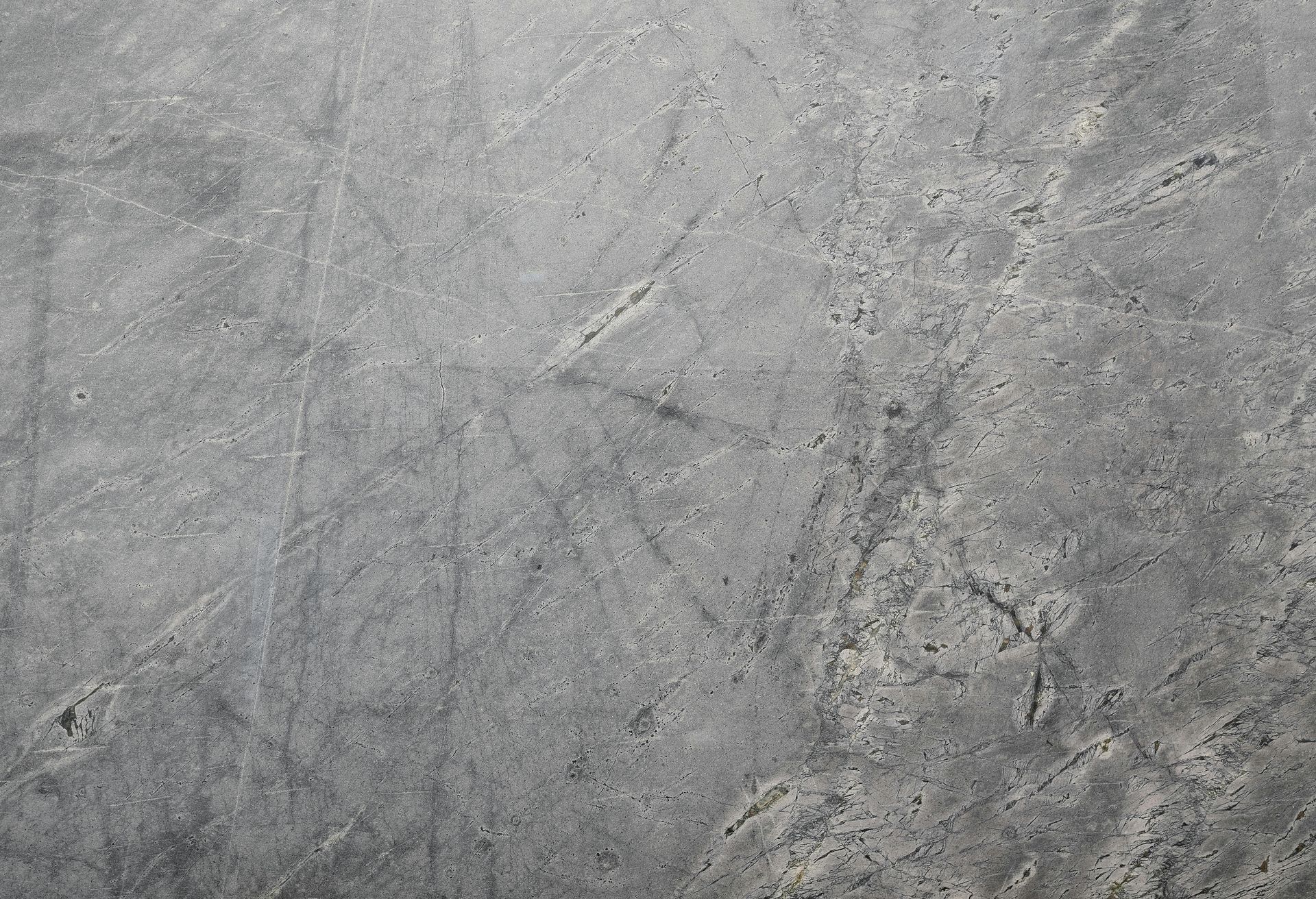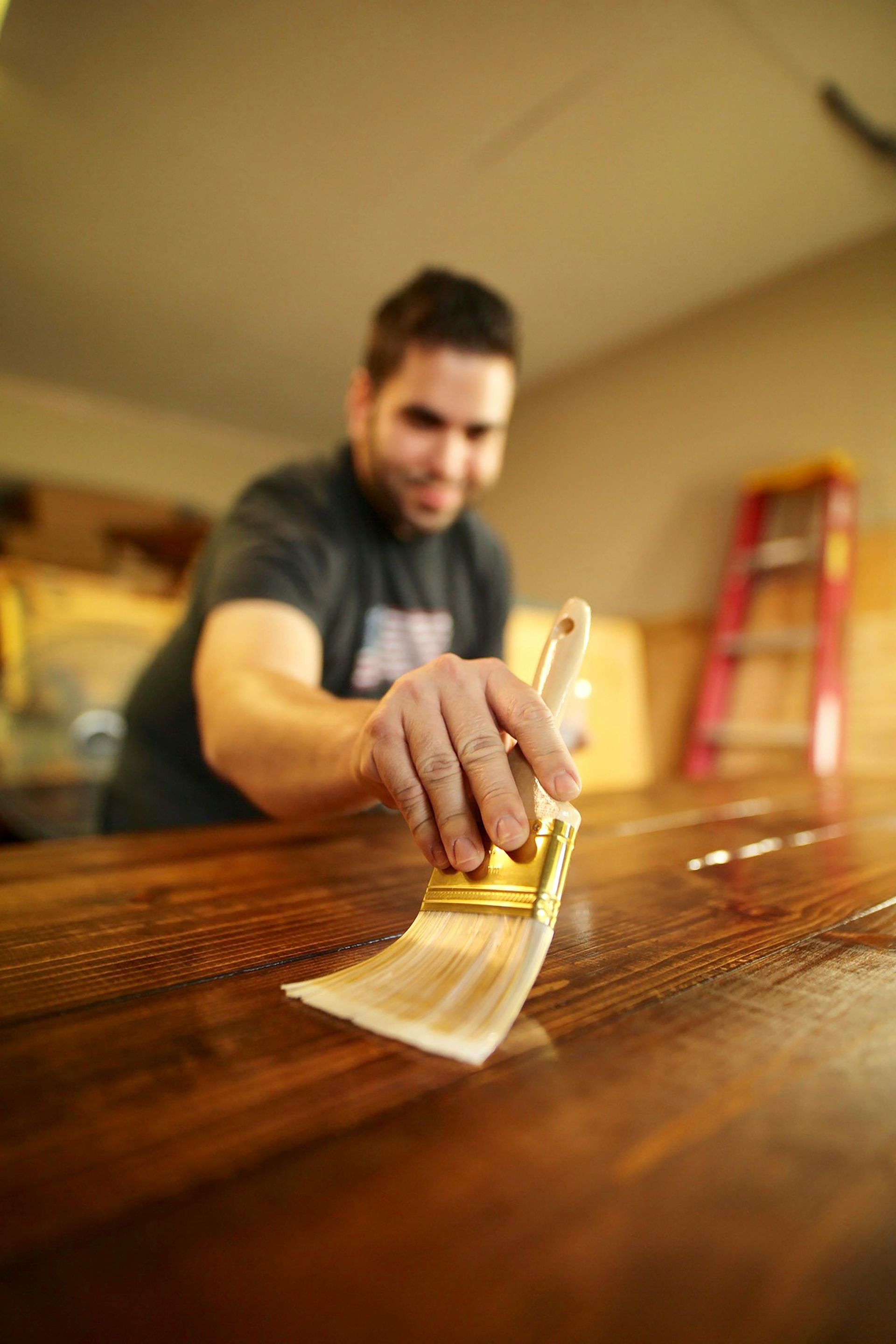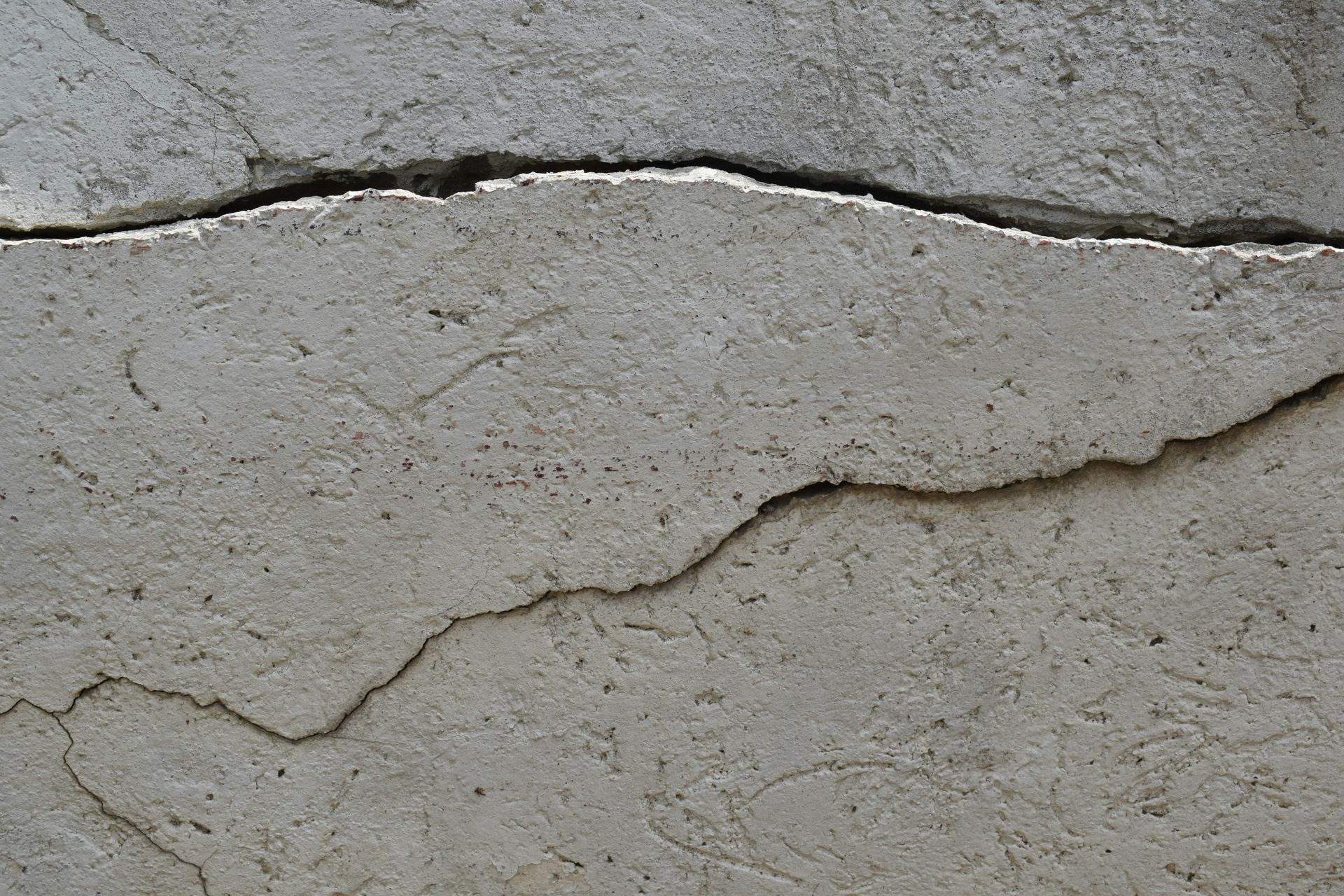How to Tell If You Need New Concrete or Just Repairs
Concrete is a remarkably durable material, which is why it’s used for everything from sidewalks to driveways, patios, and even foundations. However, like anything exposed to the elements and heavy use, it’s prone to wear and tear over time. Determining whether your concrete needs replacing or can simply be repaired can help you save money, avoid safety hazards, and extend the life of your structures. This guide will walk you through the signs of damage, how to spot the difference between cosmetic and structural issues, and when to consult a professional for advice.
Understanding the Signs of Concrete Damage
Concrete issues come in many forms. Identifying the type and severity of these problems is the first step in deciding what action to take. Here are the most common signs of concrete damage to look for:
1. Cracks
Cracks are one of the most visible signs that your concrete might be damaged. However, not all cracks are created equal.
- Hairline cracks are often cosmetic and surface-level, caused by natural aging or minor temperature changes. These can typically be repaired using fillers or sealants.
- Wide or deep cracks, on the other hand, may indicate a structural issue like soil movement beneath the concrete. These are more serious and could require full replacement.
2. Discoloration
Staining or discoloration is another common issue. This can happen due to exposure to weather, mold, or spills, such as oil or chemical leaks.
- Cosmetic staining isn’t a structural issue and can usually be fixed with cleaning solutions or resealing.
- Permanent discoloration, however, might suggest deeper damage, such as water infiltration, that could weaken the concrete over time.
3. Uneven Surfaces
Uneven concrete is typically caused by settling or shifting soil underneath.
- Isolated uneven spots can often be repaired using techniques like slab leveling or mudjacking.
- Widespread unevenness suggests foundational problems, which may require a complete teardown and replacement.
4. Scaling or Spalling
Scaling happens when the surface of the concrete begins to chip or flake away. This is especially common in areas with freeze-thaw cycles. If the damage is widespread or deep, it can compromise the integrity of the structure.
- Mild scaling can often be addressed with resurfacing.
- Severe scaling may require replacing the damaged section entirely.
5. Pooling Water
If you notice water pooling on your concrete after it rains, it's a sign of poor drainage or sinking slabs. Over time, this can lead to further damage, such as cracks or foundation issues.
Cosmetic Issues vs. Structural Problems
Not all concrete damage is a sign of structural failure. Here’s how to separate minor cosmetic concerns from more serious structural problems:
- Cosmetic Issues:
Cracks under 1/8 inch wide, surface discoloration, and mild scaling generally fall into this category. These types of damage don’t usually pose a safety risk and can often be repaired with cleaning, sealing, or resurfacing.
- Structural Problems:
Wide or deep cracks, significant unevenness, and damage caused by sinking foundations are structural concerns. These problems can compromise the safety and longevity of your concrete and may lead to total failure if not addressed.
To sum up, if the damage is limited to appearance or small-scale surface issues, repairs are likely sufficient. However, if the structural integrity of the concrete is at risk, it’s time to consider replacement.
When to Replace Concrete
While repairs are preferred to save time and money, there are some cases where replacement is unavoidable. You may need to replace your concrete if:
- The Damage Is Extensive:
If cracks, scaling, or spalling cover more than one-third of the concrete surface, repairs may not be cost-effective. Replacement ensures a longer-lasting solution.
- Safety Is at Risk:
Uneven surfaces, deep cracks, or sinking driveways and sidewalks can create tripping hazards. If the damage poses a safety risk, it’s better to replace the affected area entirely.
- The Foundation Is Failing:
Foundation-related issues, like major shifting or sinking, are a clear sign that replacement is needed. These kinds of problems can’t be fixed with quick patches or surface-level repairs.
- Longevity Is the Priority:
Repairs are great for short-term fixes, but replacement provides a long-lasting solution. If you’re updating an older space or planning to stay in your home long-term, investing in new concrete can add value to your property.
- Repair Costs Are Close to Replacement Costs:
If the cost of repairs adds up to more than half the cost of replacing the concrete, you’re better off opting for replacement. This ensures that hidden issues won’t come back to trouble you later on.
When to Consult a Professional
It can be tricky to decide whether repairs or replacement is the best option. That’s where a professional can help. Experts can assess the severity of the damage, provide accurate cost estimates for repairs versus replacement, and recommend solutions tailored to your specific needs.
Here’s when you should call a professional:
- The cracks are deep or wide, suggesting structural damage.
- The concrete is uneven, and you suspect issues with the foundation or soil.
- Water pooling on the surface has led to recurring problems.
- You’re not sure whether the damage is cosmetic or structural.
Questions to Ask Your Contractor
When hiring a professional, ask these questions to ensure you’re getting the best service:
- What’s causing the damage?
- Can it be fixed, or will it need to be replaced?
- What are my options for repair, and how long will each solution last?
- Are there preventive steps I can take to avoid future damage?
Practical Advice on Cost and Longevity
Concrete replacement is a significant investment, so it’s important to consider the long-term benefits. While repairs may seem cost-effective, they’re not always the best choice if the damage will continue to worsen. Replacement, though more costly upfront, often saves you money in the long run by preventing recurring issues.
To get the best value:
- Invest in quality materials and professional installation.
- Maintain your concrete with regular cleaning, sealing, and inspections.
- Address minor issues early to avoid bigger problems.
Final Thoughts
Knowing when to repair or replace concrete can make all the difference in terms of cost, safety, and the durability of your property. By learning to diagnose the signs of damage and consulting a professional when needed, you can make an informed decision that works for your budget and timeline.
If your concrete is showing signs of wear, don’t wait—take the first step today by assessing the damage and exploring your repair or replacement options. After all, a well-maintained concrete surface not only looks great but also ensures safety and longevity for years to come!












